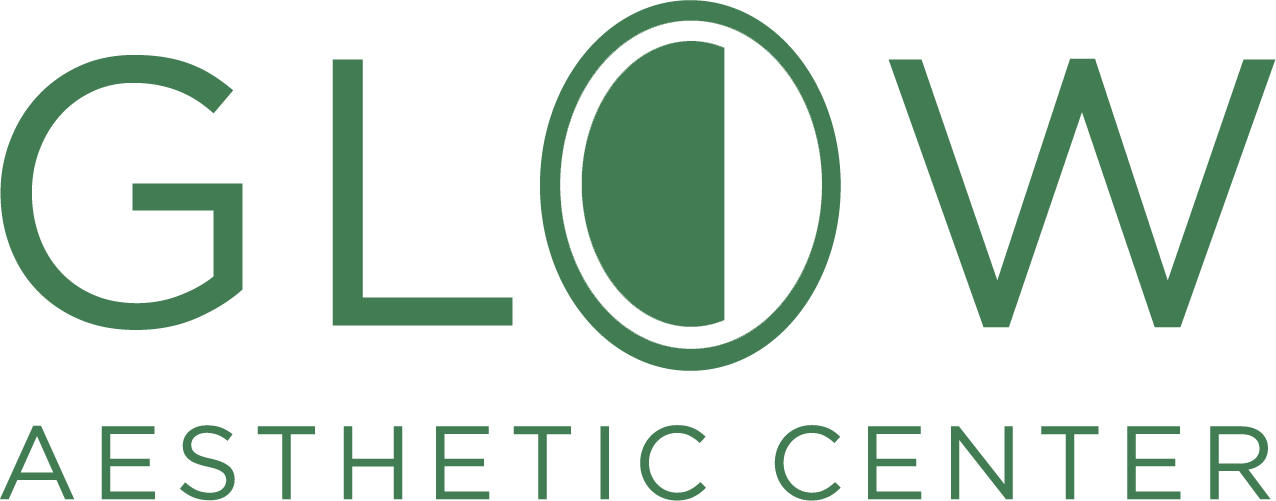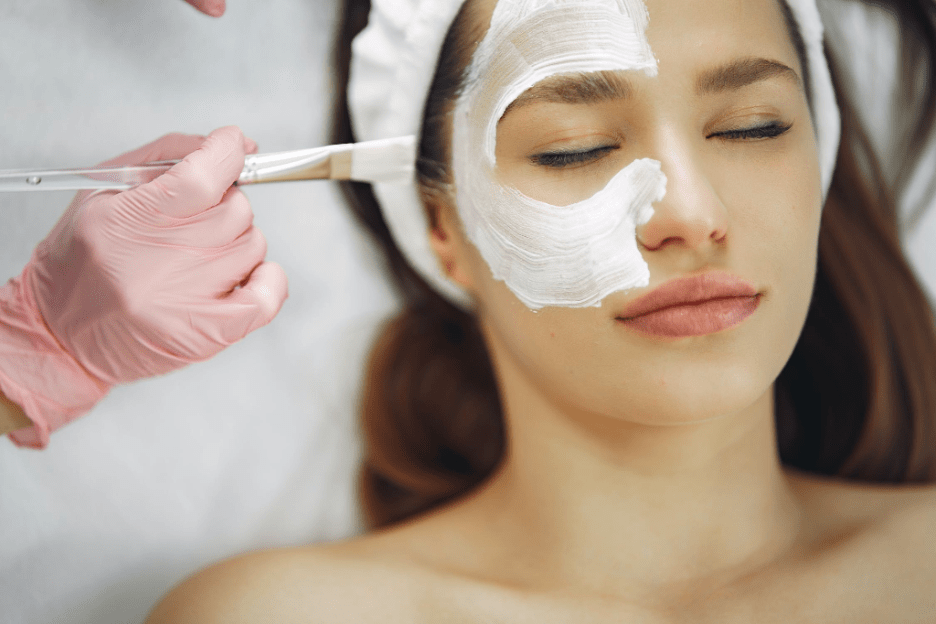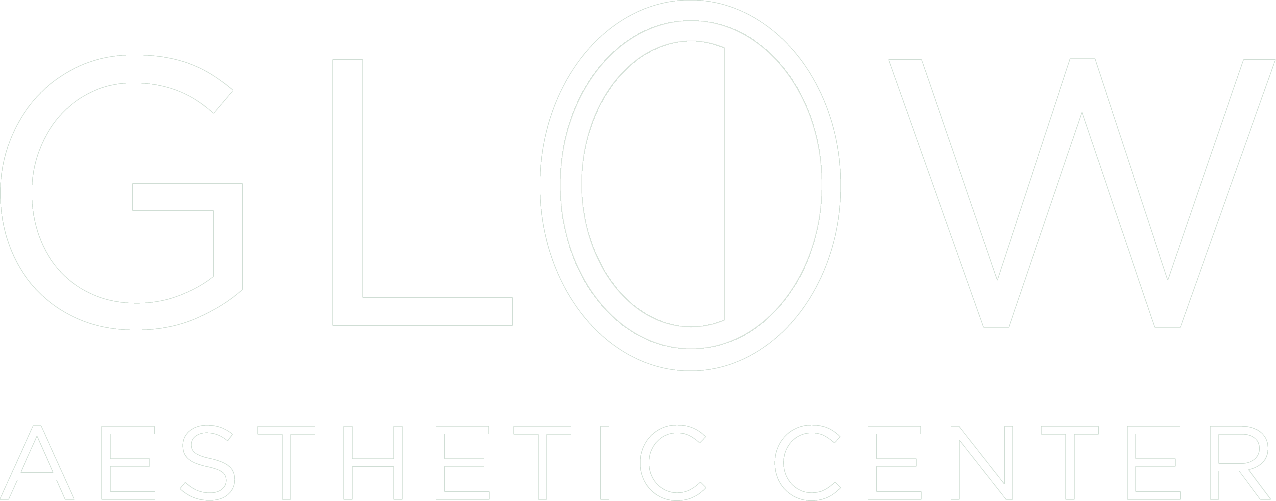Teeth grinding might seem like a minor annoyance, but for many people, it becomes a serious problem that affects their daily comfort and long-term oral health.
Constant clenching or grinding—also called bruxism—can cause jaw pain, headaches, worn-down teeth, and even sleep disruption. If you wake up with sore jaws, frequent headaches, or have been told by a partner that you grind your teeth in your sleep, it’s worth addressing the issue before it leads to further damage.
The good news is that there are several ways to manage or reduce teeth grinding. This blog explores some at-home options first, followed by a deeper look into one of the most effective treatments available today: Botox for bruxism, offered at Glow.
What Causes Teeth Grinding?
Bruxism doesn’t always have a single cause. In fact, it often stems from a combination of factors. These may include:
- Stress or anxiety
- Misaligned teeth or bite problems
- Sleep disorders
- Lifestyle habits (e.g., caffeine or alcohol intake)
- Certain medications or neurological conditions
Some people only grind their teeth at night, while others do it during the day without even realizing it. Recognizing your triggers is often the first step in finding relief.
At-Home Strategies to Help Stop Grinding
If your teeth grinding is mild or occasional, you may be able to reduce it with at-home solutions. While these strategies may not resolve every case, they can play a helpful role in managing symptoms.
1. Wear a Night Guard
Night guards are among the most common at-home treatments for bruxism. These plastic mouthpieces create a protective barrier between the upper and lower teeth. While they won’t stop the grinding itself, they help reduce damage to your enamel and relieve pressure on your jaw.
You can find over-the-counter night guards at drugstores, or get a custom one from a dentist. A proper fit is important to avoid creating more tension in the jaw.
2. Practice Stress Reduction
Stress is one of the most common triggers for teeth grinding. Practicing calming activities during the day and especially before bed can help your jaw muscles relax. Consider incorporating:
- Meditation or deep breathing exercises
- Gentle yoga
- Reading or listening to calming music
- Limiting screen time before bed
Reducing mental stress often translates to less physical tension in your jaw, especially during sleep.
3. Improve Sleep Hygiene
Poor sleep habits may contribute to nighttime bruxism. A consistent bedtime routine, reduced caffeine intake, and a quiet sleep environment can all help you sleep more soundly and reduce unconscious grinding.
- Stick to a consistent bedtime and wake time
- Avoid caffeine after midday
- Turn off bright screens an hour before bed
- Keep your sleep space dark, cool, and quiet
Better sleep often means less grinding—and fewer headaches or sore jaws in the morning.
4. Avoid Chewy or Hard Foods
If your jaw is already tense, chewing gum or eating hard foods can make things worse. Try to limit:
- Chewy snacks like gum or tough bagels
- Crunchy foods such as popcorn or hard candy
- Biting directly into hard fruits or vegetables
Giving your jaw a break can help prevent muscle overuse and reduce the urge to clench or grind.
5. Massage and Jaw Exercises
Gentle massage around your jaw muscles or applying warm compresses may help relieve tension. Some people also benefit from jaw exercises designed to stretch and relax the muscles. You might try:
- Gently opening and closing your mouth several times
- Moving your jaw from side to side
- Applying a warm towel to your jaw before bed
These simple steps may help reduce stiffness and soreness over time.
Why At-Home Remedies Aren’t Always Enough
For many people, these at-home techniques bring temporary or partial relief. But if your grinding is severe, frequent, or already causing damage to your teeth or jaw, you may need a more targeted solution.
Night guards can help protect your teeth, but don’t actually stop the grinding behavior. They also don’t do anything to relax the muscles responsible for the motion. That’s where Botox comes in.
How Botox Treats Teeth Grinding at Glow
Botox is best known for its use in aesthetic treatments, but its benefits go far beyond wrinkle reduction. When used to treat bruxism, Botox helps reduce the activity of the masseter muscles—the powerful muscles along the jaw that enable chewing and clenching.
Here’s How It Works:
A small amount of Botox is injected directly into the masseter muscles. These injections reduce the muscle’s ability to contract forcefully. As the muscle relaxes, the intensity of the clenching and grinding goes down. This offers multiple benefits:
- Jaw pain decreases
- Headaches become less frequent
- Teeth experience less wear and tear
- Muscle bulk may reduce, softening the jawline
The procedure itself is quick and requires no downtime. Most patients feel minimal discomfort during the injections, and many start noticing improvement within a week. The full effects are typically visible in two weeks and last around 3 to 4 months.
What To Expect With Treatment
When you schedule Botox treatment for bruxism at Glow, the process starts with a personalized consultation. Your provider will assess your symptoms, examine your jaw muscles, and create a treatment plan tailored to your needs.
During the appointment:
- The area is cleansed
- Small doses of Botox are injected into targeted spots along the jaw
- You’re given aftercare instructions to follow for the next 24 hours
Most people can return to work or daily activities right after their session. You may be asked to avoid strenuous exercise or lying flat for a few hours, just to ensure the Botox settles properly.
Results build gradually, and many patients experience not just physical relief but also better sleep and reduced stress from knowing their symptoms are under control.
Benefits Beyond Pain Relief
Botox for bruxism isn’t just about pain management—it also supports long-term dental health and can enhance facial aesthetics.
Prevents Tooth Damage: Less grinding means less enamel erosion, fewer chips or cracks, and less sensitivity.
Improves Sleep: Patients often sleep better once jaw clenching is reduced.
Softens Jawline Appearance: Constant clenching can make the jaw look overly square or bulky. Botox relaxes the masseter muscles and subtly refines facial contours.
Offers a Non-Invasive Solution: There’s no surgery involved, and results are reversible over time.
Botox does not interfere with normal activities like eating or speaking. The treatment is designed to target only the overactive muscles without affecting other functions.
Is It the Right Option for You?
Botox for bruxism is often recommended for individuals who:
- Clench or grind their teeth regularly
- Experience chronic jaw pain or headaches
- Have tried night guards with limited success
- Want to avoid more invasive treatments
- Are in good general health and not pregnant or breastfeeding
A consultation with a Glow practitioner is the best way to determine if Botox is right for your symptoms and goals.
Supporting Your Results
Even if you get Botox injections, supporting your treatment with good habits will improve your long-term results. Consider continuing some of the following:
- Using a night guard if recommended
- Practicing stress management techniques
- Avoiding hard or chewy foods when your jaw feels sore
- Following up regularly to maintain your results
The combination of medical treatment and lifestyle care offers the best protection against grinding and its effects.
Ready To Find Lasting Relief?
If teeth grinding is taking a toll on your comfort, sleep, or oral health, it may be time to explore a longer-lasting solution. Botox for bruxism at Glow is designed to relax overactive muscles, reduce discomfort, and protect your smile from further damage.
Schedule a consultation with a Glow practitioner to learn more about this treatment and find out if it’s the right fit for your needs. Relief from grinding is possible—and you don’t have to manage it alone.
Teeth Grinding FAQs
What can I use to stop teeth grinding at night?
You can try wearing a night guard, practicing stress reduction techniques, and improving your sleep habits. For more severe cases, Botox offers targeted relief by reducing muscle tension.
Is Botox effective for teeth grinding?
Yes, Botox helps relax the masseter muscles responsible for grinding, reducing tension, and protecting teeth from further wear.
How long do the results from Botox last for bruxism?
Most people experience relief for 3 to 4 months. Regular maintenance sessions can extend those benefits.
Does Botox stop teeth grinding completely?
It reduces the intensity and frequency of grinding by weakening the overactive muscles. While it may not stop it entirely, it often brings noticeable improvement.
Can I use a night guard and still get Botox?
Yes, combining both can enhance protection. A night guard defends your teeth, while Botox addresses the muscle activity behind the grinding.
When will I notice results after Botox treatment for grinding?
Initial effects typically appear within 5 to 7 days, with full results visible by two weeks.
Is Botox for grinding painful?
The procedure is quick and uses fine needles. Most people describe it as mildly uncomfortable at most.
Will Botox affect how I chew food?
No, Botox only reduces excessive muscle contractions. It doesn’t stop normal jaw movements like chewing or speaking.
Is Botox for teeth grinding safe?
Yes, it’s a well-established treatment. However, it may not be suitable if you’re pregnant, breastfeeding, or have specific medical conditions.
Does Botox help reshape a bulky jawline caused by grinding?
Yes, as the masseter muscles relax and shrink slightly, the jawline often appears softer and more contoured.








